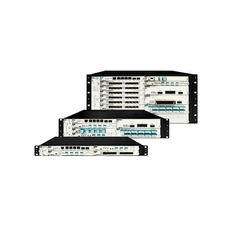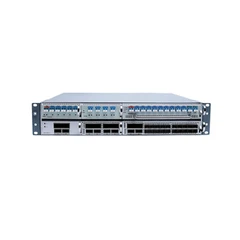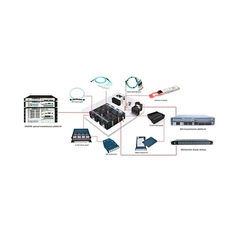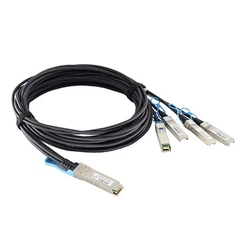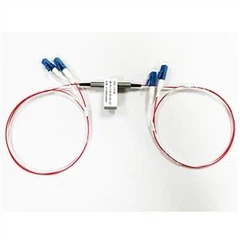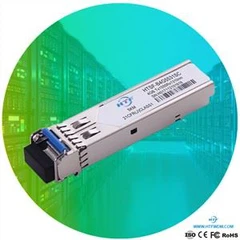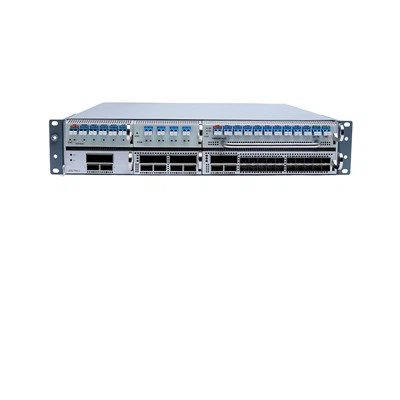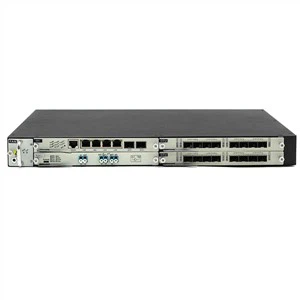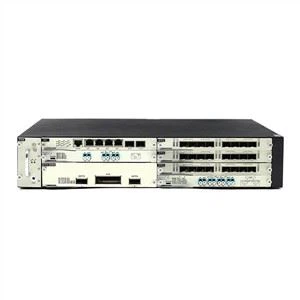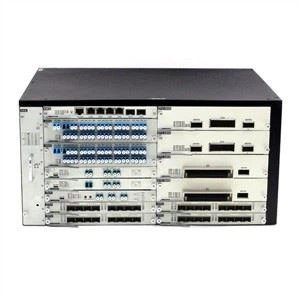The CFP series started from CFP, went to CFP2, then to CFP4, and finally to CFP8, which is also a long-established form-factor series. Compared to the QSFP series, the CFP series seems to have been less popular, for obvious reasons — large size and high power consumption. The first two companies that promoted the development of CFP MSA (Finisar and Oclaro) have also been acquired, and we seem to feel the end of CFP.
Let's take a look at CFP8. The CFP8 hardware specification was officially released by the CFP MSA on March 17, 2017, in the same period as the 2.0 version of the QSFP-DD MSA was released. Comparing the two form-factors, we seem to have foreseen the decline of CFP8.
Size — The size of CFP8 (41.5mm*107.5mm*9.5mm) is significantly larger than QSFP-DD, and the volume is more than three times that of QSFP-DD, even more than 30% larger than that of OSFP. Since the CFP series optical modules have been positioned for telecommunication applications, and the port density requirements are not as high as in the data center, so the size is acceptable. However, with the advancement of technology, the QSFP series optical modules are also beginning to be suitable for telecommunication applications, and the power consumption of QSFP series optical modules is much lower than that of CFP series optical modules. Therefore, the dominant position of CFP series optical modules in telecommunication applications is at stake.
Thermal Capacity and Power Consumption — The thermal capacity and power consumption of CFP8 is much higher than QSFP-DD. The introduction of thermal capacity and power consumption has been introduced in the previous QSFP-DD vs. OSFP, and the truth is the same.
Backwards Compatibility — There is not any mention of backwards compatibility in the hardware specification of CFP8 (in fact, the entire CFP series does not seem to be backwards compatible). For CFP and CFP2 series optical modules, the CFP to QSFP28 adapter and CFP2 to QSFP28 adapter have been available for a long time, indicating that some users have switched to QSFP28 optical modules.
Bandwidth — The maximum bandwidth of CFP8 and QSFP-DD is 400Gb/s, but CFP8 only supports 400Gb/s (16x25G or 8x50G), while QSFP-DD supports both 200Gb/s (8x25G) and 400Gb/s (8x50G).
In summary, QSFP-DD seems to be a better choice than CFP8, regardless of any aspect.

